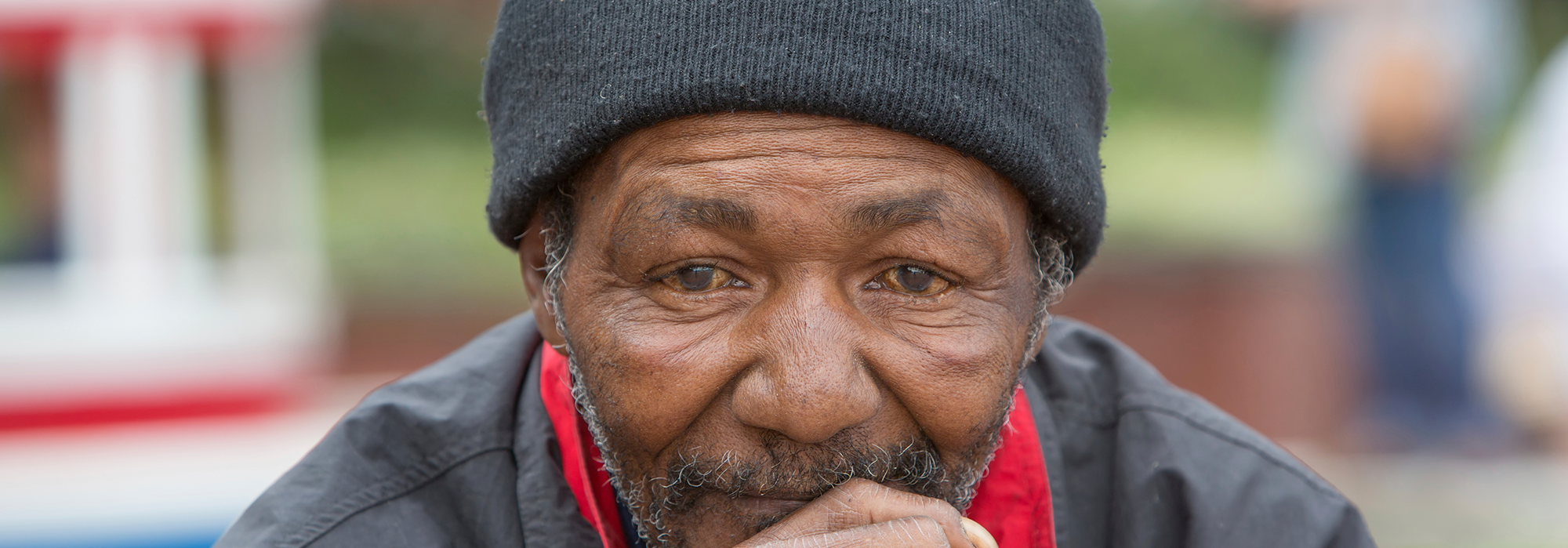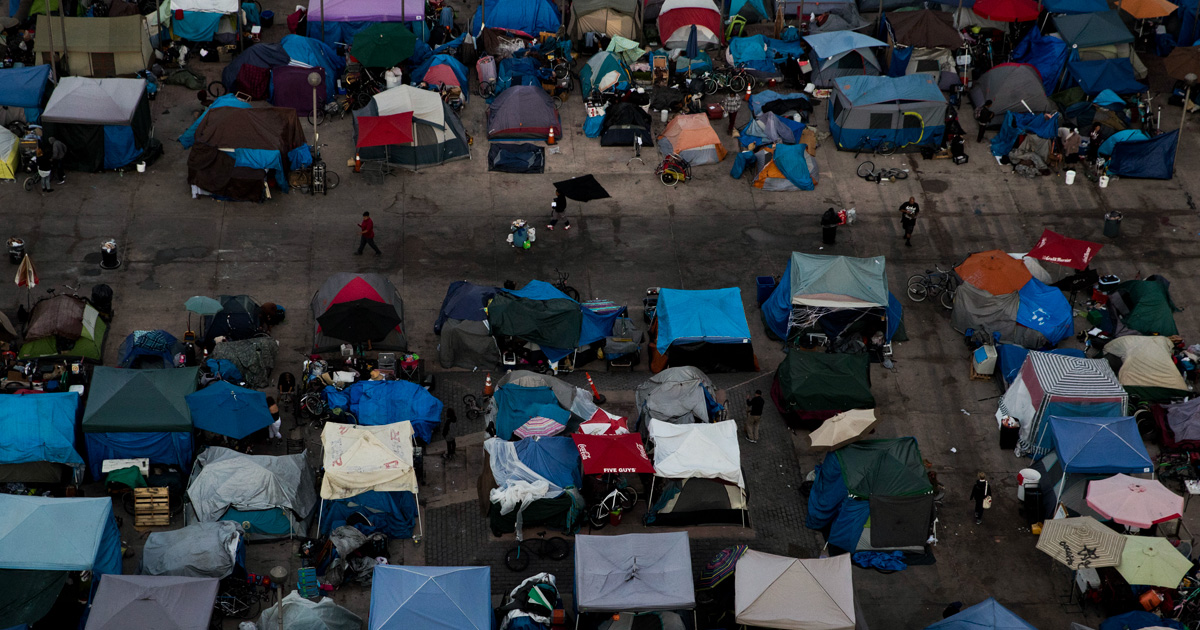The streets have become the cruelest and most unsuitable waiting room for housing. While there is mass consensus that unsheltered homelessness is unacceptable, the percentage of single adults living literally on the streets has surpassed the number of single adults living in shelters for the first time since the Point in Time Count in its current form began in 2007.
COVID-19 has brought into glaring focus the health perils people living without basic access to water and other life-saving necessities face not just during a pandemic, but every single day. We also know that a home is powerful medicine, that its health benefits can even outweigh prescribed medication a person takes for a chronic illness.
Focusing on Rehousing
Considering these alarming realities, it is no surprise that reducing unsheltered homelessness is listed in the HUD Notice of Funding Opportunity’s (NOFO) Policy Priorities and Program Highlights section. It also acknowledges the disproportionate health vulnerabilities found among this group. In addition to the current and unprecedented levels of investments made over the past year to combat homelessness, the NOFO provides another chance to double down on rehousing responses that bring people out of encampments and into safe and stabilizing housing options.
A rehousing system that lacks an intentional strategy to solve unsheltered homelessness will only perpetuate the trends we’re seeing in the majority of communities across the country. People living on the streets can be less likely to seek assistance and could have service needs that extend beyond what Continuum of Care (CoC) programs typically provide.
Prioritizing Unsheltered People
The good news is that reducing unsheltered homelessness does not need to be a standalone strategy, but the “north star strategy” that all other policies and programs can coalesce around. To that end, the Alliance sees the following opportunities:
- The NOFO strongly encourages building cooperation with the healthcare sector, Public Housing Authorities and other cross sector partners. Whether that is deploying mobile street medicine teams with homeless outreach teams, or prioritizing COVID-vulnerable persons into public housing programs via Coordinated Entry Systems, these outside partners ought to be leveraged to achieve cross-cutting goals for unsheltered households.
- The NOFO is centered in Housing First, and Housing First means fortifying a path from street to home. There are a million claims offered as to why it is “too complex” to place someone into housing directly from the streets (low vacancy rates, the person isn’t “housing ready,” potential tenants can’t be easily located during housing appointments, etc.). But for every reason we give as to why it’s too hard, there are many more reasons why we must remain dogged in improving the street-to-housing pipeline. Given the ongoing challenges of the pandemic, congregate shelters may be problematic, so let’s skip that step whenever possible. Housing someone from the streets can literally be a matter of life and death.
Not housing someone from the streets because we’re too fearful they won’t succeed is not an acceptable reason, period.
- Improving system flow reduces unsheltered homelessness. A knee-jerk reaction for many policy-makers is to focus on quick fixes like temporary housing or outreach teams with limited tools. But increasing positive exits from housing programs, in turn, frees up more program slots and allows for quicker enrollment and engagement of people living unsheltered. Moving people who no longer require wraparound services out of supportive housing can allow for quickly back-filling the unit with someone sleeping on the sidewalk. A healthy, functioning system allows for movement, which will reduce the waiting room time people spend in encampments.
People living unsheltered are confronted with unimaginable challenges every day and deploying effective programs to meet their diverse needs takes unwavering commitment and unyielding creativity. But communities can, and have, achieved meaningful results when the right blend of resources are brought to bear. We must do more than say unsheltered homelessness is unacceptable. We must lean into the moment the NOFO provides us to truly end it. No more waiting.
Stay Updated: Solutions, Stories, and Ways to Make an Impact
Sign up to receive updates on the Alliance’s work, including the latest research, advocacy efforts, and real stories of progress — plus ways you can help drive lasting change.














